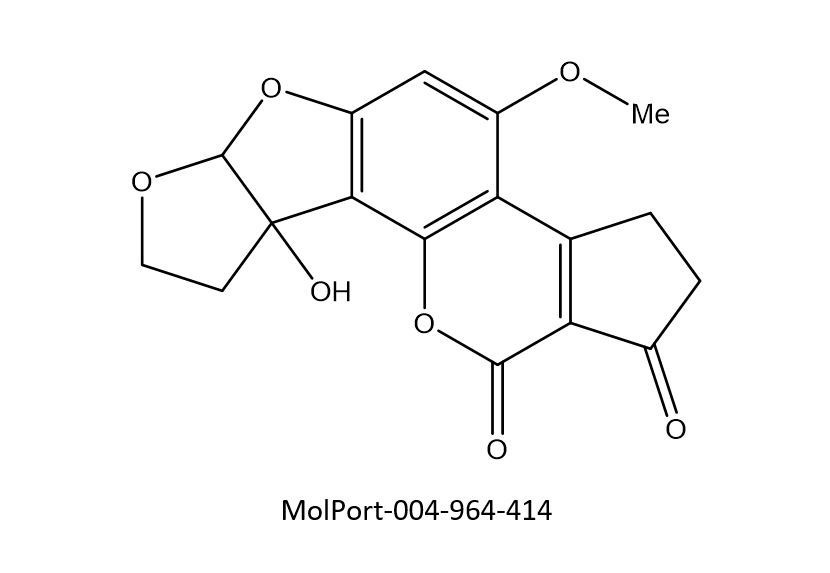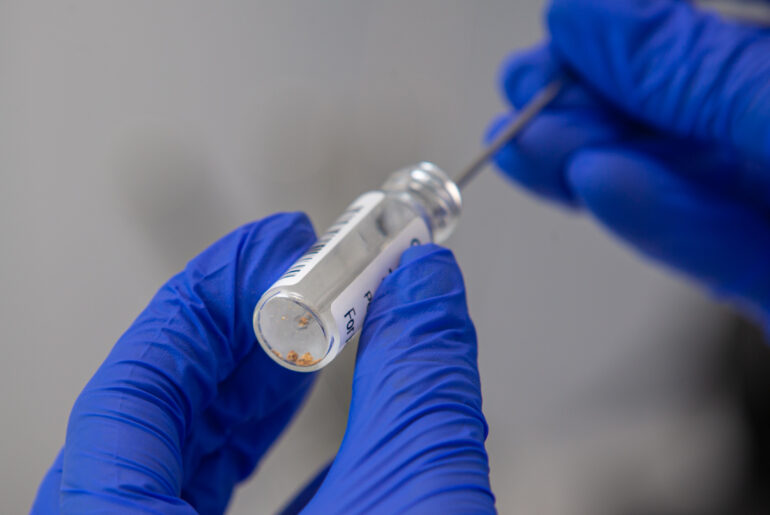What’s the most expensive available, elemental material that you can buy? No, it’s not gold: as of September 7, gold was trading at $62.32 per gram, but lutetium costs $100 per gram, and californium (which has to be made) costs $27M per gram.
What about synthetic organic compounds? Surely, they can’t cost so much, can they? Well actually …. yes, they can. A quick search in MolPort’s comprehensive 7M+ database of available screening compounds and building blocks shows that the most expensive compound on file sells for $3995 per milligram, 64,104 times more expensive than gold on a weight-for-weight basis! Here it is:

Could this be a promising lead? Based on its structural properties, it certainly passes the Pfizer Rule of Five for drug likeness, and a quick search for its InChIKey in PubChem and ChemSpider would show whether it had appeared in any publications. So perhaps it is worth including it in a screening library.
But can a molecule like this really be worth so much? Maybe. Suppose that it is a key structure needed to complete a crucial structure-activity relationship study that will determine whether a new drug project will continue or be stopped. If the compound is not readily available, the project could be held up while chemists work out how to make it.
Suppose they work out a synthesis scheme with five steps, each taking a week to complete. That already puts the project back by over a month. And if a single chemist works on the synthesis, even at 50% of their time, that’s 100 hours of work or a cost of $9375 (based on $180K per annum for a fully loaded FTE).
So maybe that $3995 doesn’t look so bad after all: the project can move ahead quickly, the chemists are freed up to work on other more worthwhile compounds, and the company has saved some $$.
See what else is on Top 20 list:





